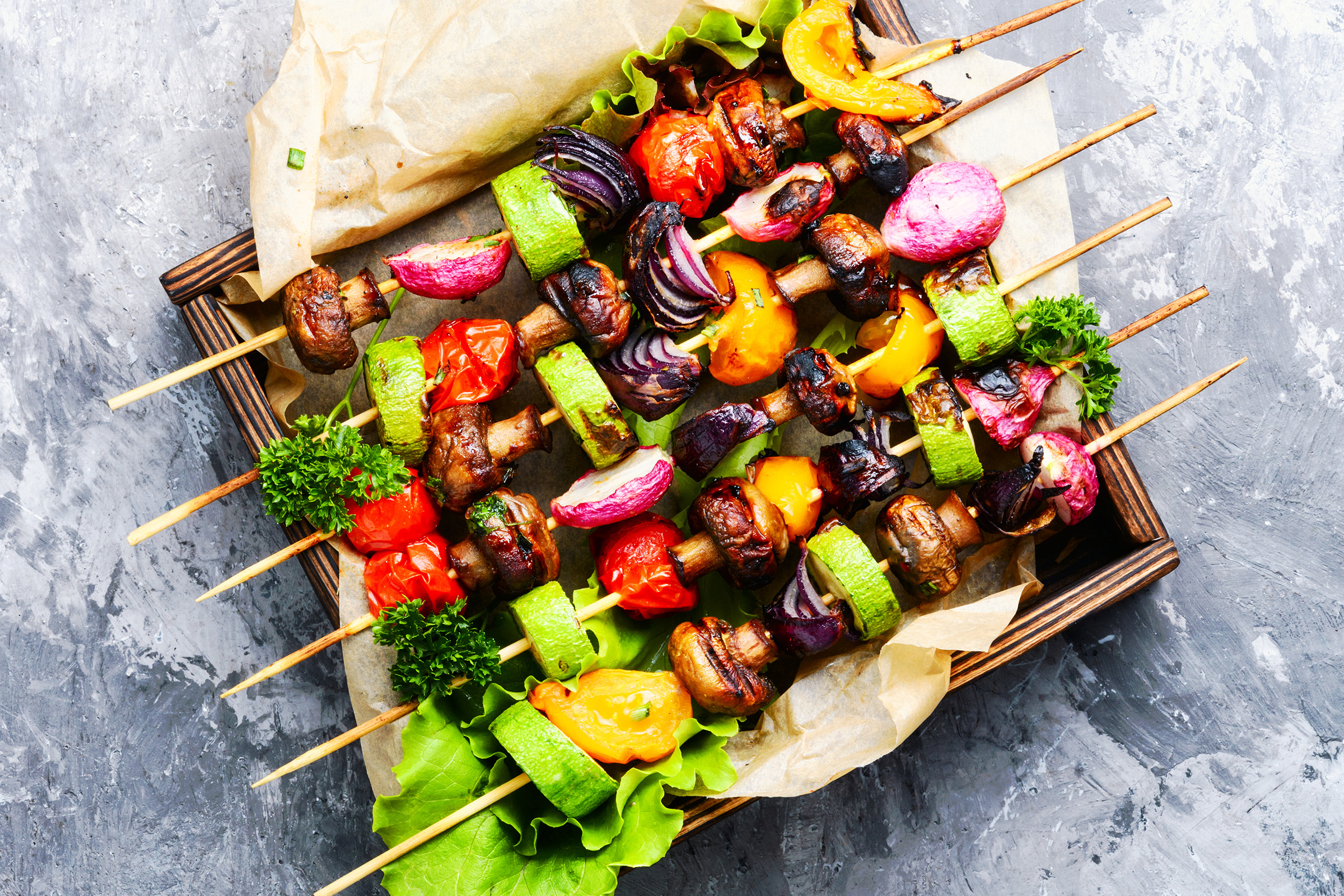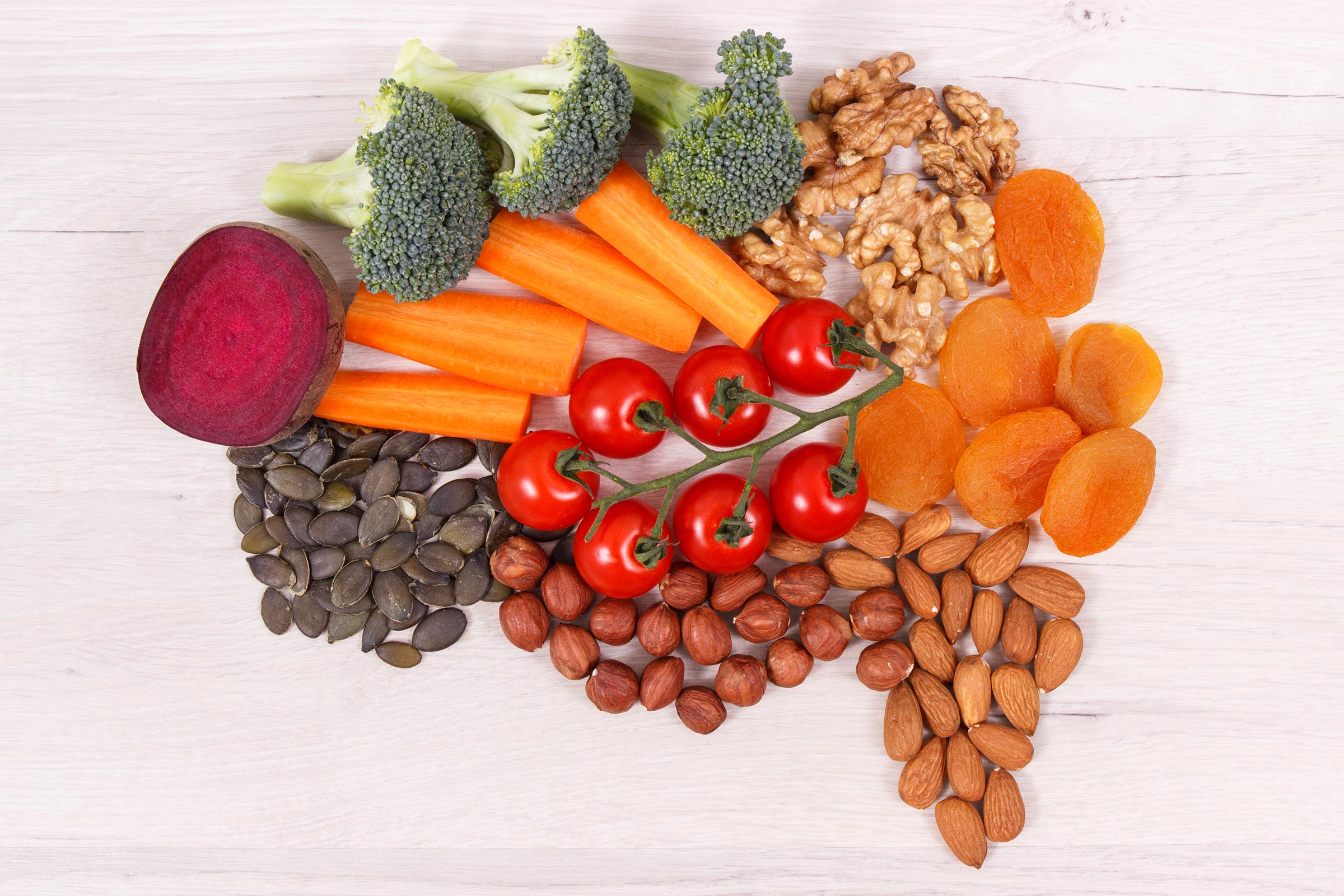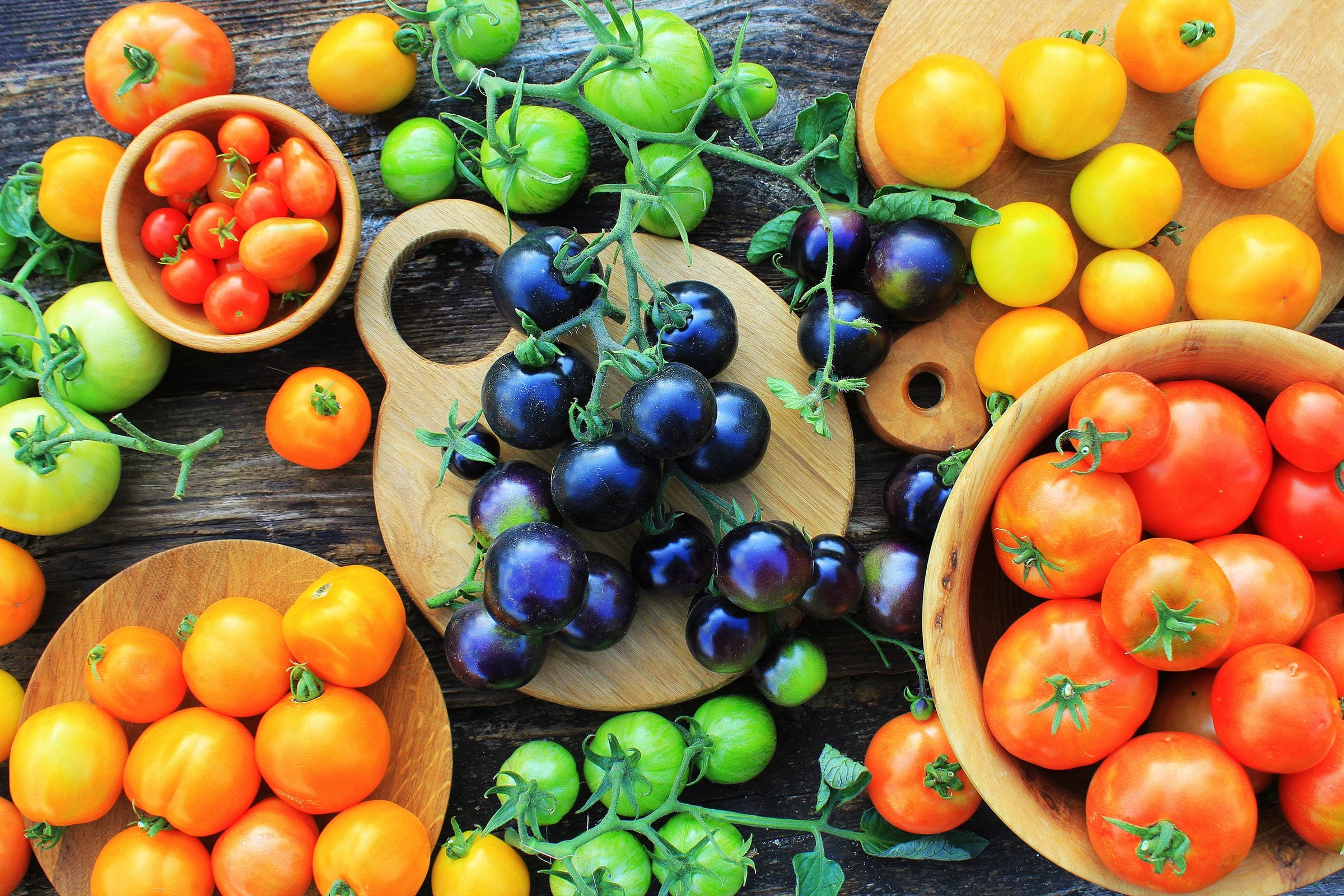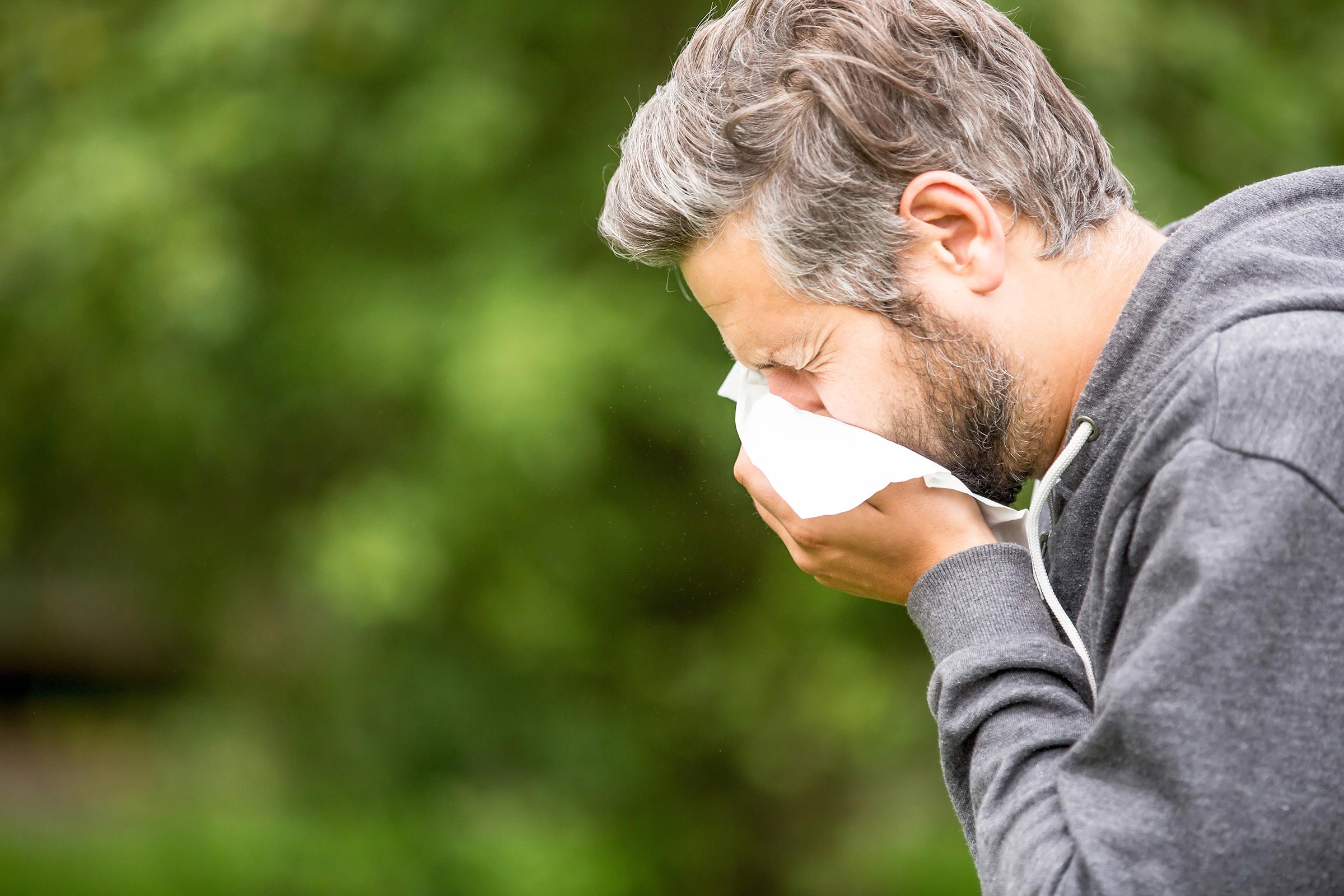Is there a link between seasonal allergies and diet?
I get this question all the time. And the short answer is YES! There
is a relationship between a person’s diet/nutrition and their seasonal
allergies and the connection can best be understood with an explanation
of “Oral Allergy Syndrome.”
Also known as “pollen-food syndrome,” Oral Allergy Syndrome is when a
person exhibits an allergic reaction in response to certain food items,
typically foods that are high in pollen and allergens, such as tree
nuts, raw vegetables, and raw fruits. Different foods cause trouble for
different people, and typically relate to their specific seasonal
allergies. But first, it’s important to note the difference between
Oral Allergy Syndrome and more traditional food allergies to be sure
you’re seeking the right help if you respond allergically to certain
foods. Let’s start by breaking it down….
Oral Allergy What?
Those who suffer from seasonal allergies due to tree pollen, grass
pollen, or ragweed can also experience a type of allergic reaction when
eating foods that contain those allergens, as well. Reactions can range
from mild itching and tingling of the lips and tongue to extreme
itching of the lips, tongue, cheeks and throat. This kind of reaction is
called Oral Allergy Syndrome. It is common in older children, teens,
and young adults, and is most frequently found in people who have grass
pollen, birch, and ragweed allergies.
What to Watch Out For
Allergic to ragweed? You may find yourself reacting to bananas,
melon, or zucchini. Sensitive to grass pollen? Dates, oranges,
potatoes, or peanuts could cause trouble. Is tree pollen your nemesis?
The list of potential trouble makers is long, and includes apples,
strawberries, cherries, beans, carrots, almonds, sunflower seeds, and
more. The good news is that people who suffer from Oral Allergy Syndrome
may be able to eat foods that typically trigger an allergic reaction if
they’re cooked. Cooking alters the proteins that cause the reactions,
so the immune system no longer triggers a response. Check with your doctor before trying this approach.
Food Allergies – Nothing to Sneeze At
It’s important to make the distinction between a reaction caused by
the presence of pollen in certain foods, and a full-blown food allergy,
which can be much more serious. There are eight major food allergens – fish, shellfish, milk, eggs, tree nuts, peanuts, wheat, and soy.
In allergic individuals, these foods cause symptoms ranging from mild
itching of the skin that comes in contact with the allergen, stomach
upset, diarrhea, vomiting, swelling of the lips, tongue and throat, and
hives to anaphylaxis, a potentially life-threatening reaction.
While those with Oral Allergy Syndrome can sometimes eat bothersome
foods by cooking them, this is NOT the case for those with a traditional
food allergy. If you are having any concerns with reactions to food, it
is always best to see your doctor or allergist to confirm whether or
not there is a true allergy present.
As a dietitian, I work with many clients who have food allergies and
intolerances. We work together to examine symptoms and see what foods
work best for them. I’m also able to give clients alternatives to the
foods that they really miss and help create menus to be sure they’re
getting the proper nutrition for their needs.
If you suspect you have a food allergy or intolerance, it’s critical
to get tested by a professional, as opposed to trying to solve the
problem yourself. Once you have your results, you can work with both
your doctor and a dietitian to stay safe and find foods that you enjoy.
It’s allergy season. Be careful out there!
If you need help getting started on your nutritional journey, feel free to contact me for a private consultation at 203-438-5555.















